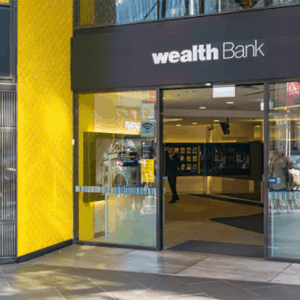 There is a theory in the design of banks and financial institutions that with solidity there is safety. That the more impregnable a building appears, the more solid the building materials used, and the greater presence of brick and stone, the safer are its assets, occupants, and visitors. Afterall, who in his right mind would challenge a fortress, and what criminal would even begin to contemplate the impossible.
There is a theory in the design of banks and financial institutions that with solidity there is safety. That the more impregnable a building appears, the more solid the building materials used, and the greater presence of brick and stone, the safer are its assets, occupants, and visitors. Afterall, who in his right mind would challenge a fortress, and what criminal would even begin to contemplate the impossible.
However, in a series of studies in which incarcerated bank robbers were asked as why and how they selected their targets, there was one fact that came up again and again as if a green flag had been waved. The limited use or near absence of exterior and interior Glass! Surprised? Well so were many architects, interior designers, and industry experts, but not single perpetrator of this Federal crime. As they explained, it comes down to common sense. If your activities can be seen by others beyond your control, whether it is perceived or real, your either going to be caught immediately or your going to make a mistake. The fact remains that to most bank robbers a great situation is one in which the robber is able to manage the course of events from a single point (high visual access) and an ideal one when you don’t have to watch out for being watched through glass (low visual exposure). As one inmate stated “Wouldn’t even consider robbing a bank where there was glass everywhere and drive up windows looked directly in the tellers and bank lobby. Too much risk.”
Again, while the study of how bank robberies are conducted in real time and space is relatively new, it remains nonetheless interesting that the exact opposite of prevailing thought on design (clear over solid) could in fact prevent criminal acts. That glass in its purest form and function could provide greater safety than solid building materials associated with strength and protection. In fact, to us the answer couldn’t be any clearer.
